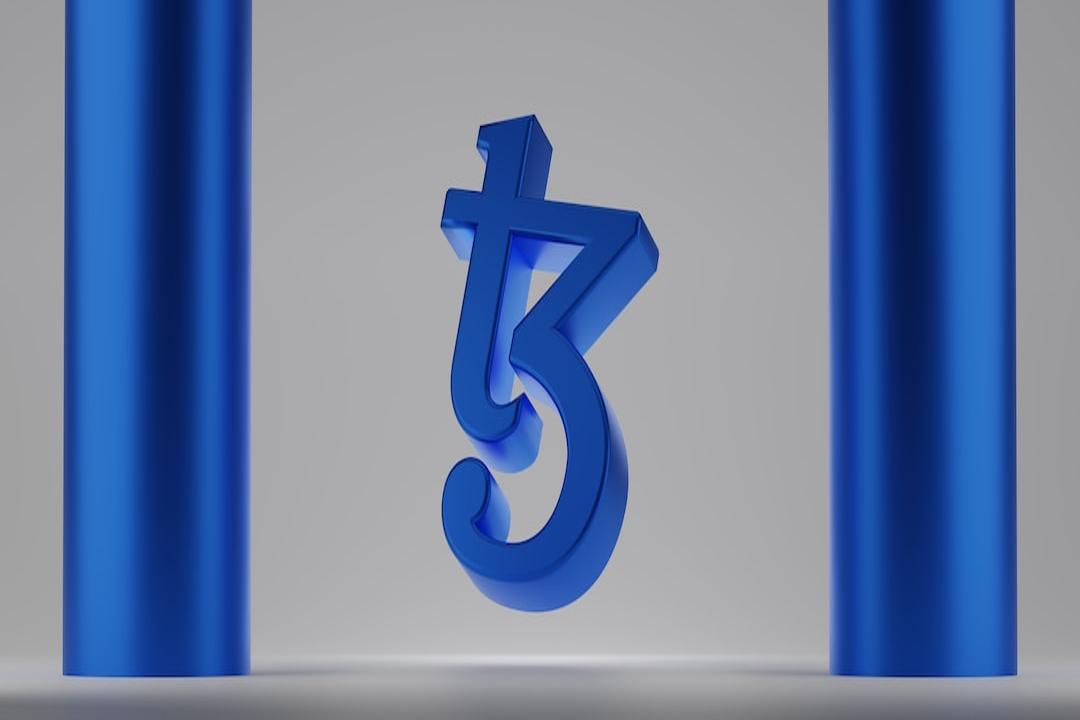Bitcoin Halving: A Fearful Joy for Miners
The Bitcoin halving event, which occurs every four years, has become a source of excitement for early Bitcoin hodlers and a cause for concern for inefficient crypto miners. While some miners may secretly hope for an end to the profitability reduction that the halving brings, most miners agree that it is an essential aspect of Bitcoin’s design.
Kristian Csepcsar, chief of propaganda at Bitcoin mining infrastructure firm Braiins, acknowledges the mixed emotions surrounding halvings: “We as miners embrace halvings and cherish them — but of course, we fear them a bit too.” The upcoming halving, set for April 20, has raised concerns that some miners may go bankrupt if the price of Bitcoin fails to exceed the cost of mining.
However, some mining firms, like Hut 8, see the halving as an opportunity for growth and increased competitiveness. CEO Asher Genoot states that they have prepared for the halving by restructuring their business and focusing on being a low-cost operator. They mine only when it is profitable and maintain a strong balance sheet to invest in growth.
Despite the challenges it poses, Jaran Mellerud, co-founder of Hashlabs Mining, believes that most miners would not want to eliminate the halving. He emphasizes that the Bitcoin network is controlled by node operators, not miners, making it unlikely to reach a consensus to remove the halving.
Removing the halving would have significant implications for Bitcoin. It would break one of its key features — limited supply and deflationary trend — that attracts investors. Mellerud argues that the Bitcoin market cap would be much smaller without halvings, and miners would not benefit from the higher block subsidy.
While it is theoretically possible to eliminate the halving through a hard fork, Csepcsar from Braiins believes that such a change to Bitcoin’s core architecture is virtually impossible. Miners may support the idea, but full nodes have significant control over the network and may not agree.
Despite the fear and uncertainty surrounding halvings, industry executives and advocates believe that they are essential for the long-term growth and stability of Bitcoin. Halvings ensure a smooth curve towards the 21 million Bitcoin supply cap and drive continuous improvements in energy efficiency.
Ben Gagnon, chief mining officer at Bitfarms, emphasizes the positive impact of halvings, noting that global mining activity has grown exponentially with each halving epoch. He also points out that other coins that opted for linear growth of coin supply have not performed as well as Bitcoin.
While the future is uncertain, with more than 10 years until the next halving, it is unlikely that there will be any dramatic changes to Bitcoin’s core principles. The code is law, and the 21 million cap and halvings are fundamental aspects of the Bitcoin network.

